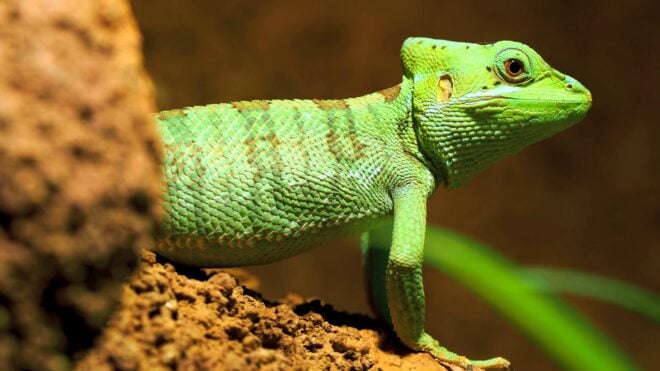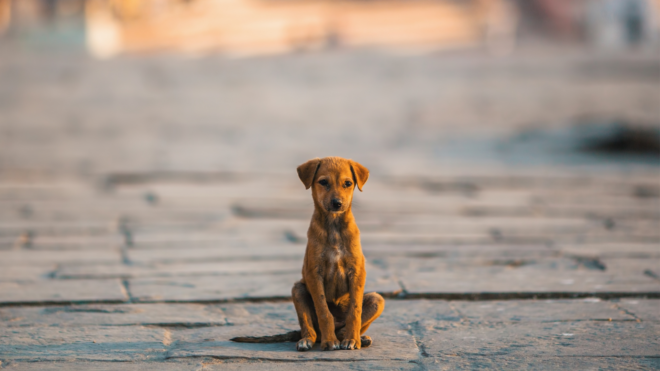When baby birds hatch from their eggs they are absolutely adorable, even if they do look like a bit of a mess.
Their feathers are sparse, if not completely nonexistent. Their little wings are scrawny, and their beaks can look far too big for their heads because they've yet to grow that beautiful plumage. But they still manage to put a smile on any animal lover's face.
Baby owls are especially cute, in their own little way. Now that it's springtime, you may have already seen some baby owls in your very own backyard!
But how much do you really know about baby owls, the adorable tiny creatures that "hoo-hoo" in the night?
These 10 facts about owl babies will give you a whole new glimpse into their world.
As much as I would love to get my hands on one of these carnivorous cuties, I know it's best to leave them alone. So, looking at them and learning about them will just have to do.
Please SHARE these facts about owl babies with your family and friends on Facebook!
1. They Have A Special Name
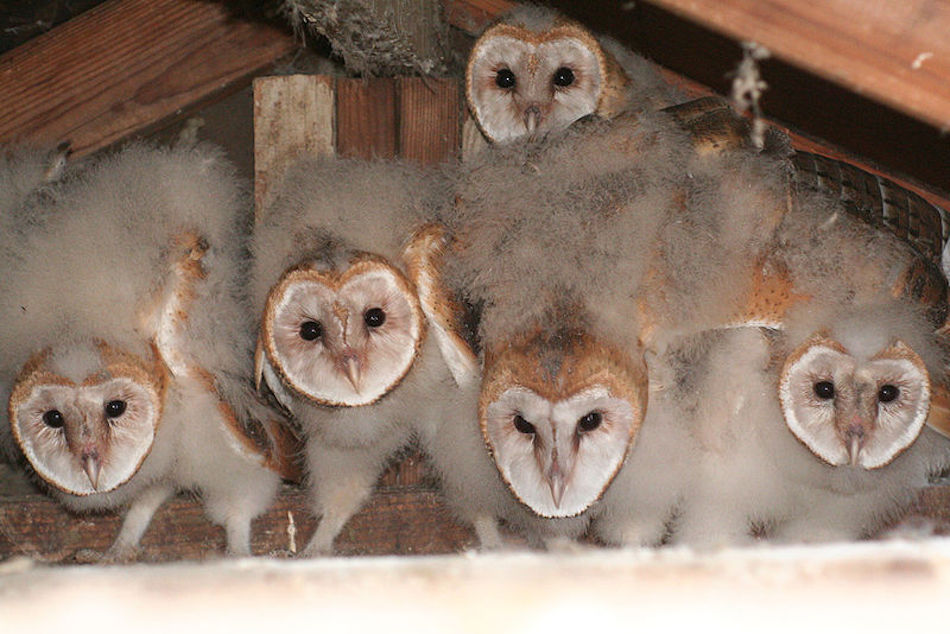
Most baby birds are just called chicks, but baby owls have their own special title: owlets!
2. They Are Born With A Tooth
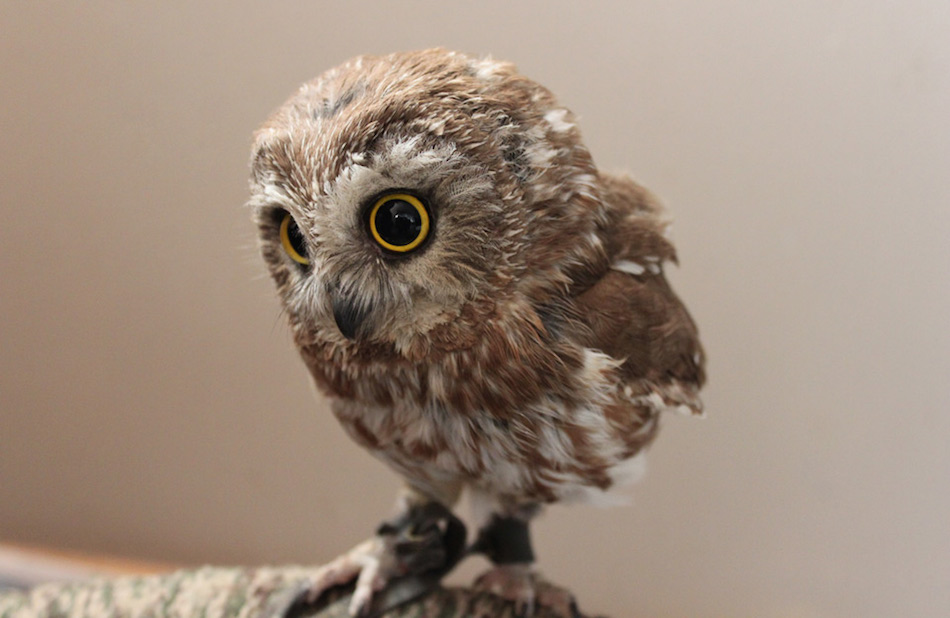
Owl chicks are born with the help of an egg tooth, which will fall off after a week or two. This is, in fact, a part of all bird births.
3. They Hatch On Different Days Than Their Siblings

Owls lay their eggs over the course of a few days, so there will always be a size difference in the owl siblings, as they hatch at different times.
This also means that sometimes the youngest may not survive through years with food shortages, as the bigger babies will win the sustenance. An evolutionary tactic, this is actually beneficial to the species, because even in tougher years it means at least some of the chicks will survive.
4. They Will Attach To Humans If Not Careful
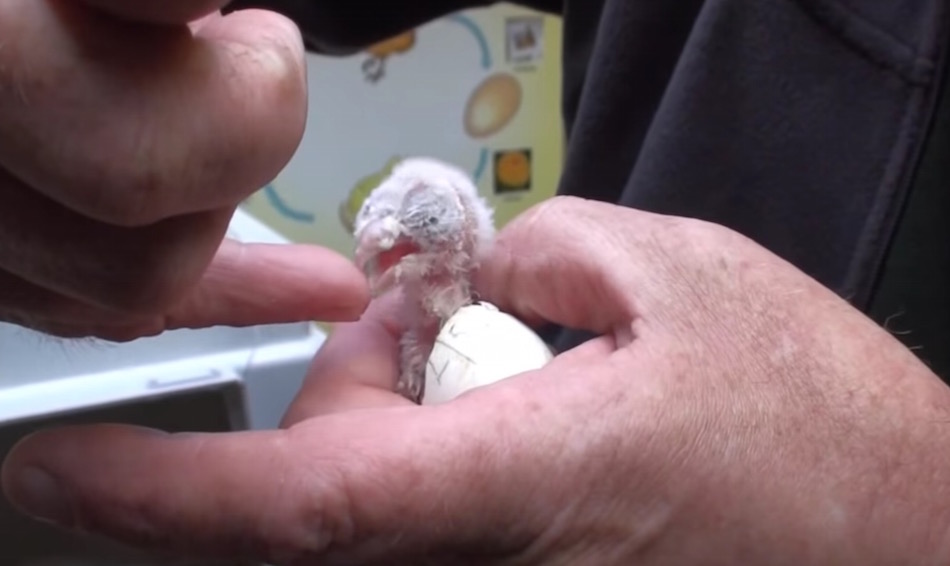
When hand-rearing baby owls with rehabilitation in mind, caretakers have to be very careful not to let the babies imprint on them.
Rescuers must take extreme measures, such as cloaking themselves in camouflage and feeding the baby with tweezers held in the beak of an owl puppet. No, I'm totally not kidding.
5. They Have Monogamous Parents
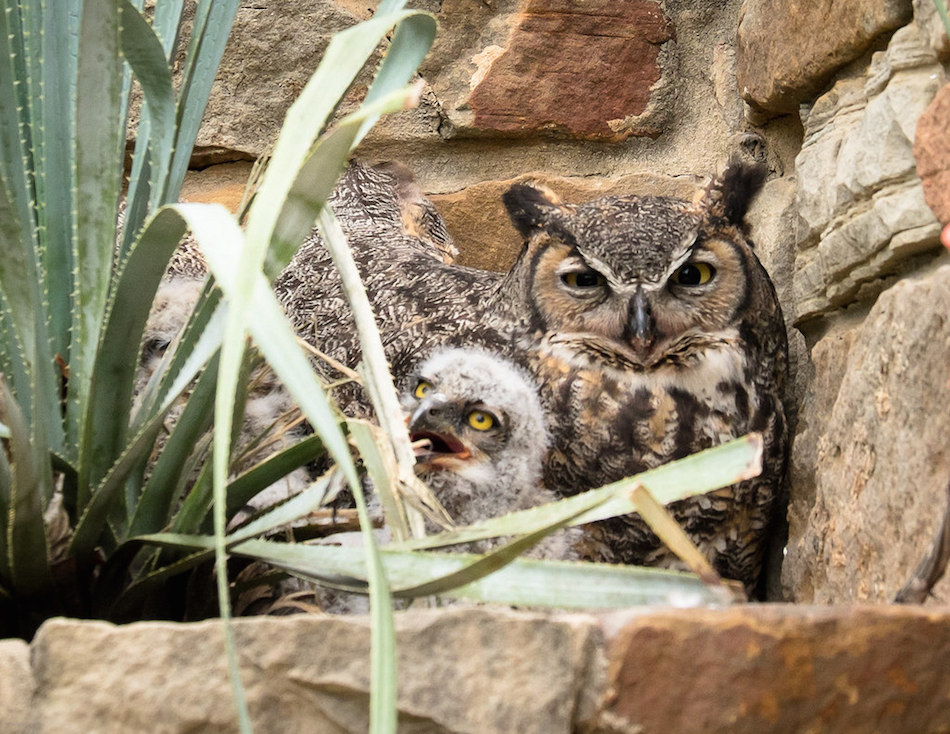
For many species of owls, the babies will have a set of parents who will stay mates for a lifetime.
6. They Are Born In Stolen Nests
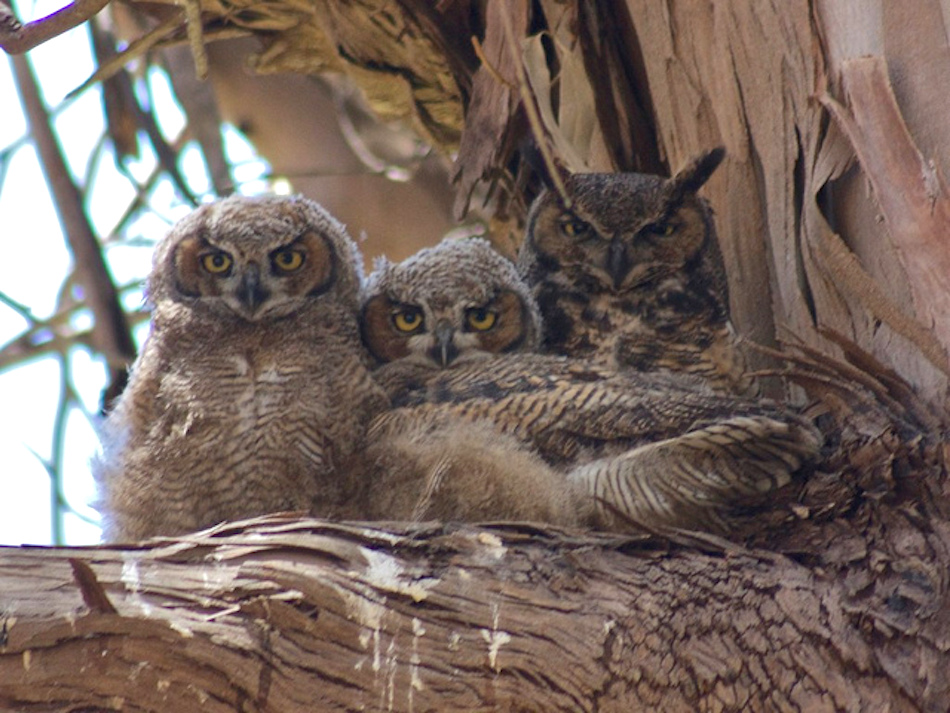
Owls don't make their own nests. Instead, they take over the abandoned nests of other birds.
7. They Are Best Left Untouched
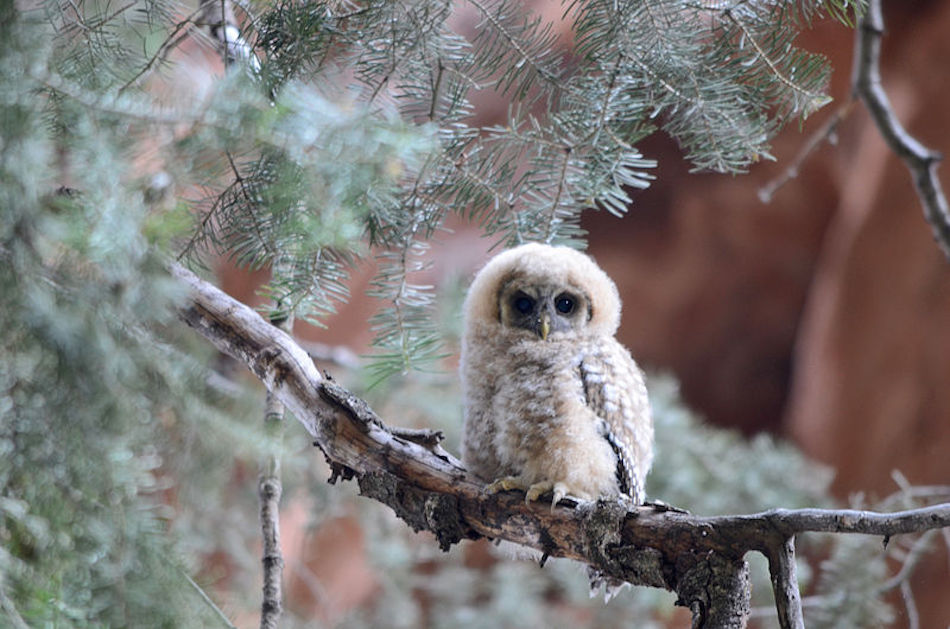
If you find a baby owl on the ground, there is most likely no need to fear. Fledgelings are supposed to spend time on the ground. And even if the babies aren't fledgelings yet, it's best to keep them near their nest rather than taking them into your home and out of their natural environment.
Unless of course the baby is seriously, visibly injured, in which case you should call a local rescue group. Don't disturb him or her much, other than moving the baby closer to the nest.
8. They Don't Stick Around The Nest Long
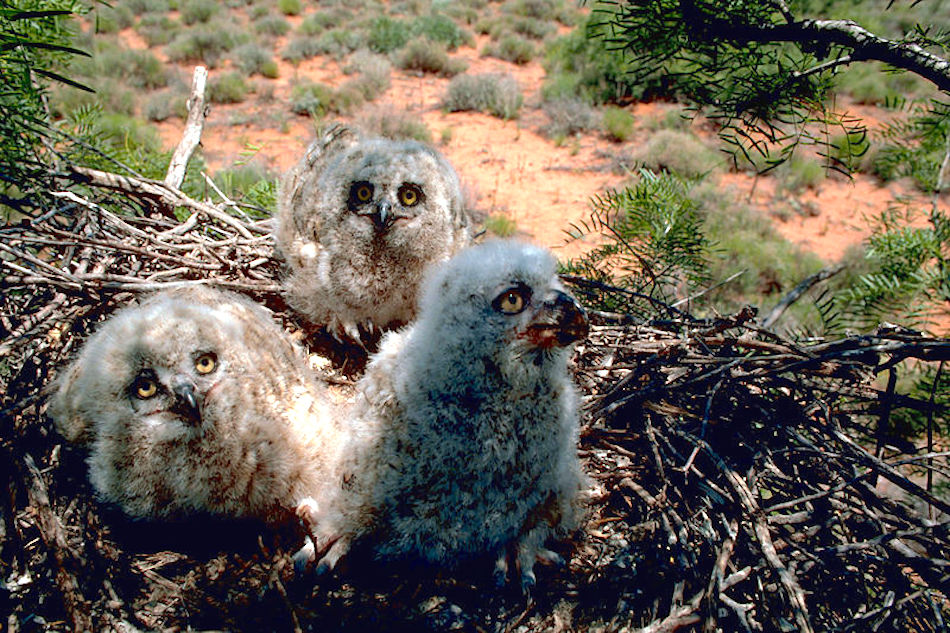
Baby owls will stay in the nest for just about six weeks after hatching, give or take, depending on the species.
9. They Grow Quickly
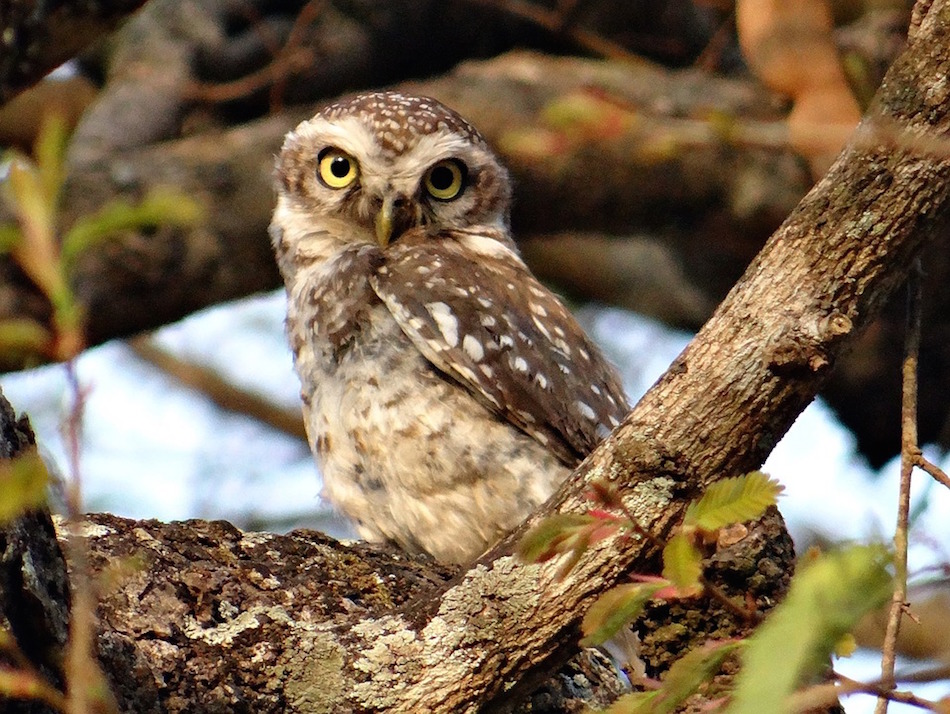
Baby owls will grow up fast, as birds of prey are the fastest growing vertebrates. Within eight or nine weeks, barn owls are at full adult weight and feathering.
10. But They Start Off Quite Small
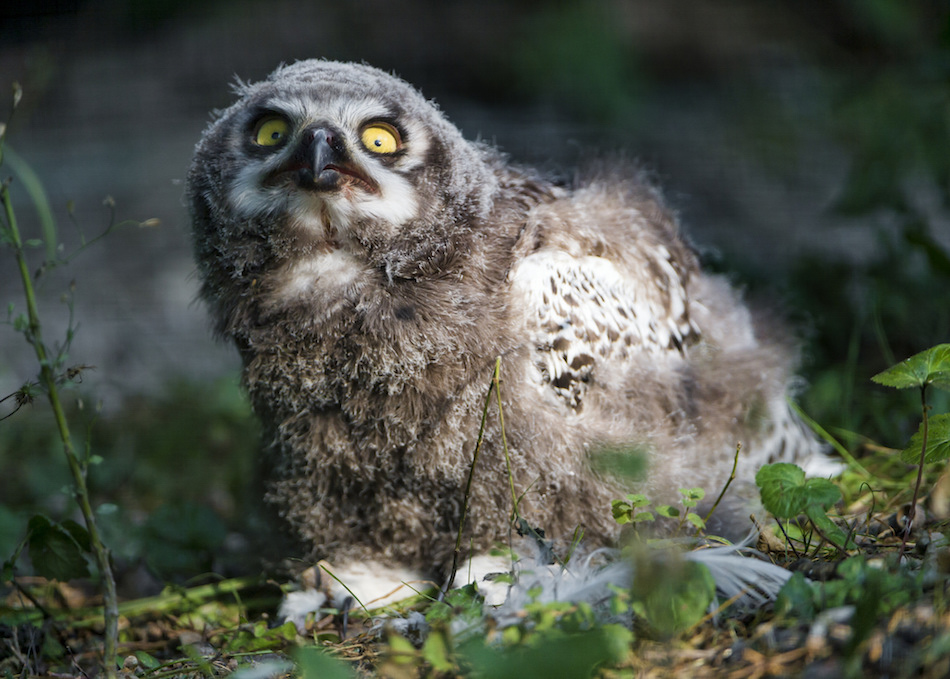
As one of the biggest birds in the arctic, the snowy owl can reach a staggering two feet tall when fully mature. When born, a snowy owlet is a muddy brown color, and is about the size of a baby chicken is at birth.
Did you know any of these facts about baby owls before? Please SHARE with your family and friends on Facebook!

